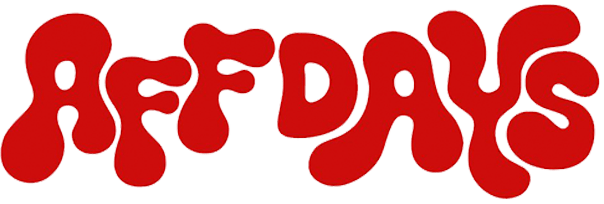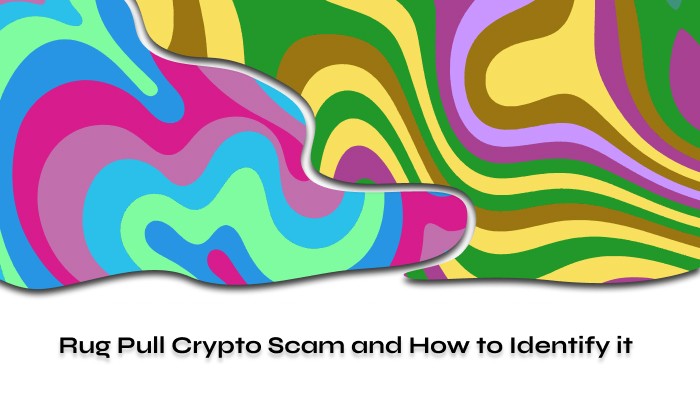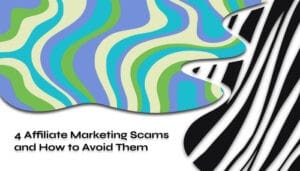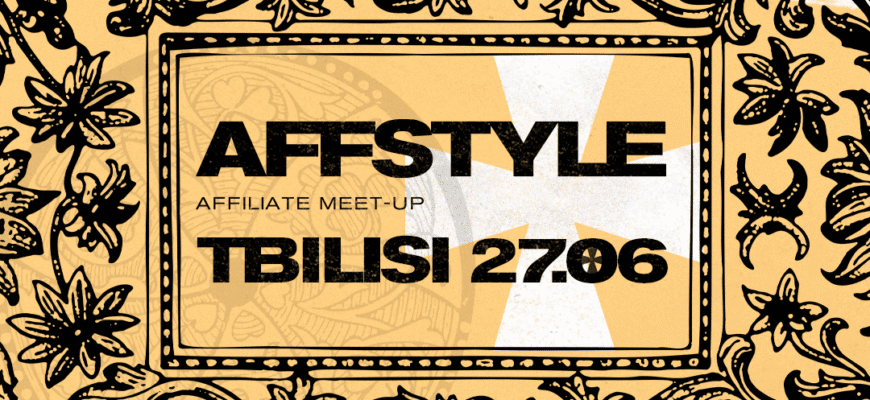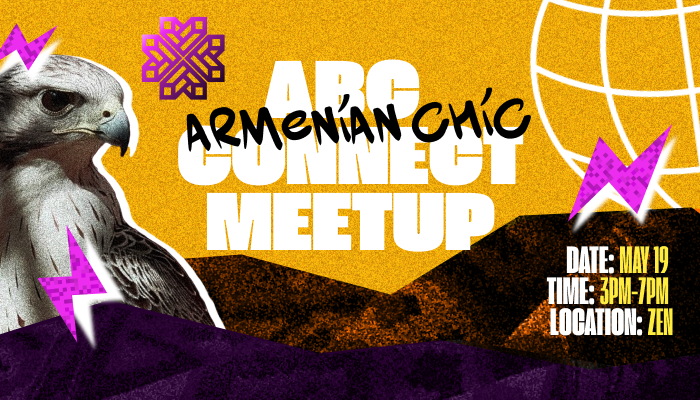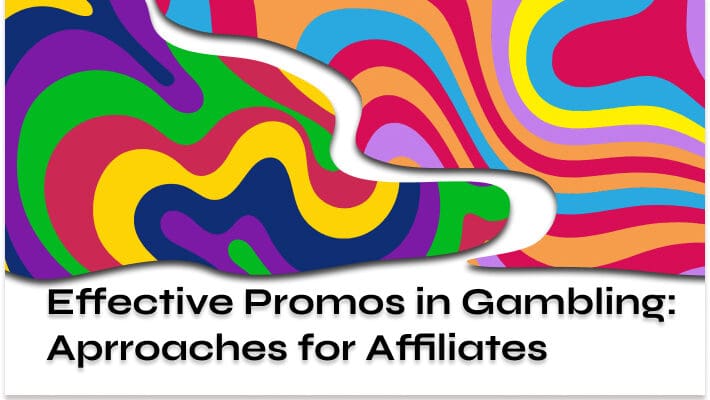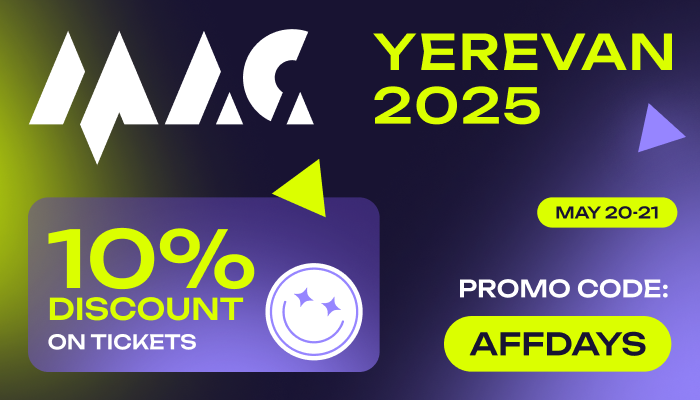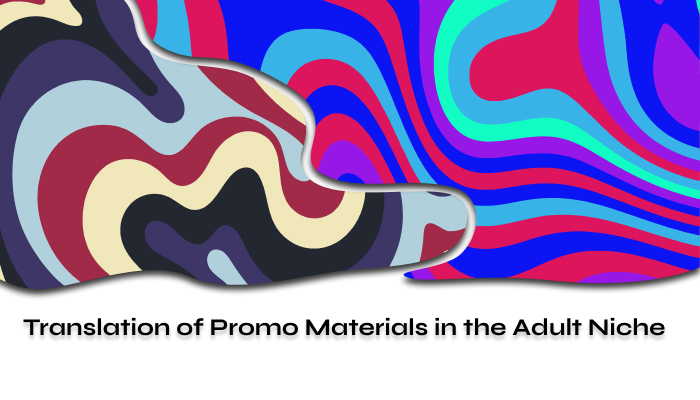The crypto world is full of unfamiliar and unclear terms. The term “rug pull” has recently started to make its way into everyday speech along with different terms from crypto offers. At first glance, it sounds intriguing and mysterious, but what does it actually mean?
Rug pulls are a new type of cyber threat. We will look at the common types of rug pulls and tell you how to identify and avoid them.
By the way, another cyber threat is crypto money laundering services — ‘crypto mixers’. Read about three Russians being charged in the US by creating such services.
What is a Rug Pull?
A rug pull is a term used to describe a scam in which a particular digital currency or NFT is artificially inflated to increase its value. The name comes from the phrase “pull the rug out from under (someone)”, meaning to unexpectedly leave them without support and cause them to fall.
These schemes are designed to profit from fake cryptocurrencies and projects, ultimately tricking trusting investors and stealing their money. Rug pulling most often involves DeFi projects, which provide decentralized exchanges with funds for trading. DeFi tokens of new projects are usually not traded on centralized exchanges (CEX), making DEX the only source of funds.
One of the most notorious examples of such cryptocurrencies is OneCoin. OneCoin was a kind of Ponzi scheme, through which its founder, Ruja Ignatova, managed to defraud investors of over $4 billion.

She attracted a large number of investors, promising them high returns. OneCoin turned into a major scandal, and despite all efforts, Ruja Ignatova has never been caught. However, the top manager of OneCoin, Irina Dalkinski, was detained and sentenced to 4 months in prison.
How do Crypto Rug Pulls Work?
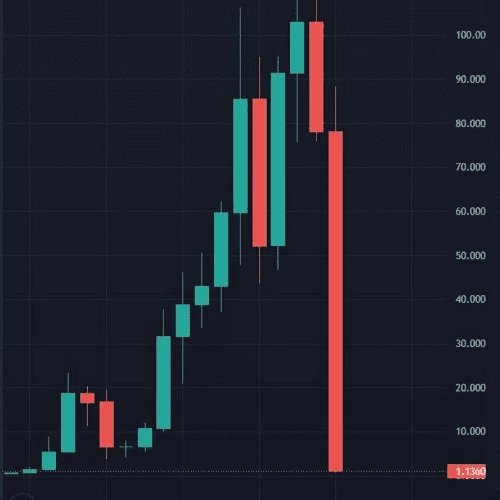
A rug pull typically follows this scheme:
- Creating a fake digital coin: scammers create a fake cryptocurrency or NFT. The projects are designed to look like real crypto assets — they have official documents, a roadmap, and a website.
- Hyping up: after launching the new coin, scammers aggressively market it to attract as many investors as possible. Once people start investing in the coin, its value rapidly increases.
- Disappearance: once the fake project has gathered enough capital, the scammers withdraw all the funds from the project. They also erase any traces that point to its existence — the project disappears, along with its founders.
To make matters worse, not only does a rug pull scheme ruin people financially, but it also undermines trust in cryptocurrency, making it harder for them to engage in promoting crypto offers and working with different traffic sources, such as Google.
Types of Rug Pulls in Crypto
There are two types of such schemes: hard and soft rug pulls.
- Hard rug pulls: this involves deliberately embedding malicious code into a project’s smart contracts with the intent to steal investors’ funds. Once the scammers successfully carry out their plan, they disappear, leaving behind worthless tokens.
- Soft rug pulls: as described earlier, this type involves scammers artificially inflating the value of their tokens to make them appear more valuable. After the price of the tokens rises, the scammers vanish with the investors’ money.
Based on these types, there are three variants of rug pulls:
- Dumping: this is a variation of a rug pull in which scammers artificially inflate the prices of cryptocurrencies by aggressively promoting them. This scheme is also known as “pump and dump”. To pull off such a trick, scammers usually have a deep understanding of how different factors influence cryptocurrency prices.
- Limiting sell orders: in this type of scam, scammers create special codes that allow only them to sell their tokens. Once investors purchase these tokens, which are linked to the currency, the scammers will dump their tokens.
- Liquidity stealing: this is one of the most common types of fraud in the DeFi ecosystem. It involves withdrawing tokens from liquidity pools, rendering them useless.
Can Rug Pulls Scams be Charged as Illegal Activities?
While rug Pulls are inherently a form of fraud and illegal, there are nuances. Cryptocurrencies are still in need of comprehensive regulation, which leaves many opportunities for manipulation. For example, many scammers operate from countries where there are no specific laws against cryptocurrency fraud.
As a result, some countries have begun taking protective measures. For instance, in the United States, the SEC (Securities and Exchange Commission) can file charges against companies involved in such crypto schemes. However, because cryptocurrency transactions are irreversible and anonymous, it is quite difficult to trace their origin.
How to Avoid a Rug Pull?
Detecting a crypto rug pull can be challenging. However, there are several actions you can take to try and avoid falling victim to such scams:
- Find out who is promoting the project: when a new crypto project appears, the developers promote it on social media. Your task is to check how they are promoting it — whether there is a large community behind it and if well-known crypto YouTubers are promoting it. If you notice that the project is being promoted by people with no real connection to cryptocurrency, avoid investing in it. It is likely a rug pull.
- Read the technical document: all crypto projects have official documents and roadmaps that describe their goals and use cases. Avoid investing in projects with short technical documents filled with unnecessary information. The same rule applies if the technical document looks like a sales pitch.
- Check the liquidity pools: if a project has low liquidity, such as $100,000, it could be a sign that it has failed. Projects with low liquidity are easier to manipulate. It’s also important to check whether the project’s liquidity is locked. If the developers lock their tokens in liquidity pools, the likelihood of a scam is lower. Why? Because in this case, it would be difficult to perform a rug pull.
- Check who owns the most tokens: the last thing you should do is to check who owns the most tokens. If crypto whales (large holders) own more than 20% of the tokens, it is likely that it’s a pump-and-dump scheme. Specifically, if the whales start selling their tokens, the value will drop, and vice versa.
Speaking about reliable crypto projects, we have one which is worth your attention. It is an app that allows you to purchase NFTs and generate a daily income in Bitcoin. The application belongs to GoMining company. They have a roadmap and a plan of development that you can check out on their website.
If you are a webmaster or an affiliate, you should definitely read our article about 4 common affiliate marketing scams and how to avoid being tricked by dishonest people.
Conclusion
Now that you have an understanding of a rug pull scam, it’s clear why investors should thoroughly check new crypto projects before investing. The most common types of the fraud include dumping, limiting sell orders, and liquidity stealing.
However, you can protect yourself from these schemes by conducting detailed research into the project. Pay close attention to how they present themselves. If a project sounds too good to be true, it may be a scam. Also, carefully examine the development team, the official documentation, and the token distribution.
